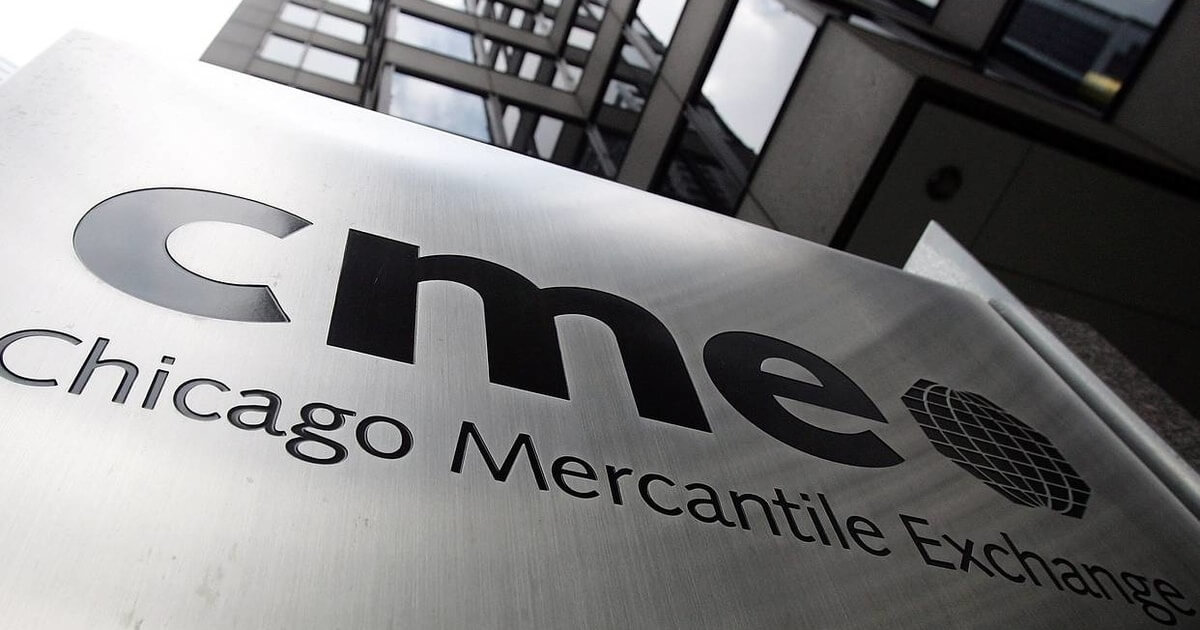Understanding ETH/BTC Rate – Key Factors and Price Predictions

According to CME Group report, the two dominant cryptocurrencies, Bitcoin (BTC) and Ethereum (ETH), make up over 61% of the total market capitalization of all cryptocurrencies. The connection between these two cryptoassets has been especially strong since the introduction of BTC futures in December 2017, circling around +0.85 during the last year.
When compared to the USD, these cryptocurrencies exhibit high volatility. BTC’s daily price volatility during the last year was 42% annualized, compared to ETH’s daily volatility of around 59%. This shows that ETH tends to climb more when BTC rises, and vice versa.
It’s noteworthy to note that the volatility of the ETH/BTC (ETH-BTC) exchange rate is lower than that of either BTC or ETH alone. This has been the situation ever since BTC futures were introduced in late 2017. The volatility of ETH-BTC has decreased to 30% during the last year, which is around one-fourth less than that of BTC-USD and nearly half that of ETH-USD.
The ETH-BTC exchange rate has very little sway on changes in interest rates, gold prices, or crude oil futures. However, it has shown a greater interest in the future of the USD and technology stocks. Since May 2022, the one-year rolling correlation of ETH-BTC with the tech-heavy Nasdaq 100 has been consistently around +0.2, suggesting a modest but persistent positive correlation.
The distinct sentiments of ETH and BTC can be attributed to their distinct applications and market supply methodologies. ETH’s market capitalization stood at $224 billion on July 11, 2023, while BTC’s was substantially higher at $550 billion.
ETH switched to a less energy-intensive proof of stake (PoS) paradigm in 2022, whereas BTC uses an energy-intensive proof of work (PoW) system. The maximum supply of Bitcoin is 21 million coins, with 19,4 million currently in circulation. In contrast, the total supply of ETH is theoretically unlimited, with the potential to mint up to 18 million new coins per year.
The mining of new ETH coins has begun to decrease since the implementation of the PoS system. The creation of new BTC coins has continued at an annual rate of 335,000. At the next halving event, which is anticipated to occur in April 2024, the BTC supply is expected to be halved.
BTC’s quadrennial halvings in 2010, 2014, and 2018 coincided with huge runups in price prior to the reduction in BTC supply growth, followed by enormous bear markets. Going into the three previous halvings, the amount of revenue that miners demand for validating transactions on the bitcoin blockchain has tended to spike, followed by tremendous declines in bitcoin prices of between 70% and 93%.
Looking ahead, if BTC rallies ahead of its upcoming April 2024 halving as it did ahead of previous halvings, that might also help ETH prices to rise even further on a relative basis. However, these possibilities are far from certain.
In conclusion, the Ether-Bitcoin price nexus is influenced by a variety of factors, including the supply mechanisms of both cryptocurrencies, their correlation with technology stocks and the USD, and macroeconomic factors such as interest rates and monetary policy. As the crypto landscape continues to evolve, these dynamics will be crucial to watch.
Image source: Shutterstock

Comments are closed.